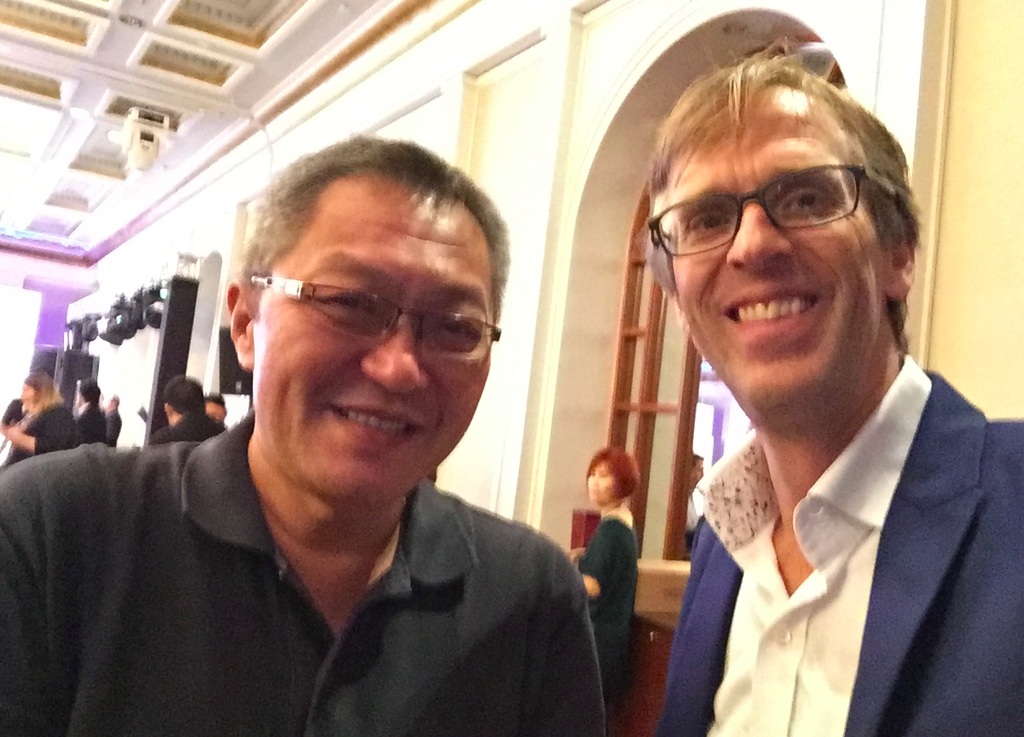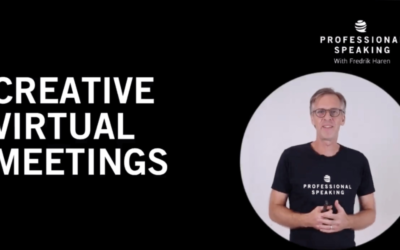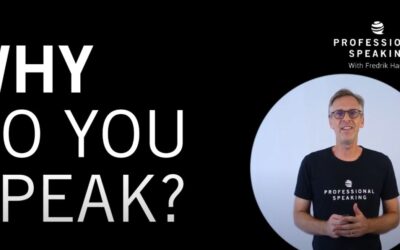
In one of his most famous speechs Ronald Reagan stood infront of the Berlin Wall on June 12 1987 and said: “Mr. Gorbachev, open this gate. Mr. Gorbachev, tear down this wall”.
I do not specifically remember him holding that speech (it’s apparently did not have such a huge impact at the time, but has later been seen, by some, as a speech that helped, in part, push the Berlin Wall to fall.)
I am mentioning this line from Reagan’s speech because today a man came up to me after my speech and said: “Thank you so much for your speech, it was the best one I have ever heard. You were able to break up the barrier between the speaker and the stage!”
Turns out that the man who came up to me was the sound guy …
A man who, in his job, has listened to hundreds, and hundreds of speakers.
I thanked him for his kinds words and asked him what he meant with that part of “breaking the barrier”.
He sighed, and complained about how so many speakers arn’t able to reach out to the audience they are speaking to.
He explained that it was not about the sound (his job was to make sure that they were heard, after all).
But no matter how well the mic is transmitting your words, it will not help unless you, as a speaker is not breaking through to the audience.
I asked him what he thought was the best ways of breaking the barrier between the audience and the stage. He had after all heard so many speakers in his career.
He said:
1) Energy.
So many speakers go up on stage and just say the words that they had planned to say, but without the energy needed to get the audience to feel that they should really pay attention and listen
2) Lack of purpose.
So many speakers do not seem to know why they are up on the stage to begin with.
3) Drifting away
So many speakers go up on stage, start their speech, but then drift away in directions that they had not planned to go, leading to confusing, non-logical, or scattered messages.
I also asked him what it was in my speech that had made him like it so much, and how I had been able to remove that invisible barrier of distance between speaker and audience.
He replied:
1) Humor
Makes sense, laughter is the great barrier killer after all.
2) Audience participation
Taking cues from things that someone in the audience is saying and play with that for a while is a great way to create a feeling of “togetherness” between the speaker and the audience
3) Making the message simple to understand.
By making the message clear and simple the audience can easily understand it, and spend time on thinking about what your message has been, instead of spending time on thinking about what the message it about.
Lesson: Take it from the sound guy: if you are not able to reach out to the audience you might as well not have a mic at all.




